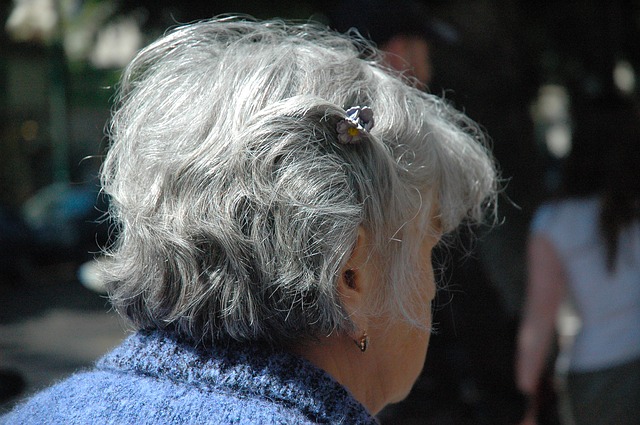A dowagers hump is just one of the many conditions that can occur if we don’t have optimal alignment of our body. This can lead to an unsightly and painful condition.
Many women are familiar with this hump and have concerns they will end up buckled over looking at the ground with a pack on their shoulders. This also happens to men.
Quite often friends and family can be more aware of the hump than the person themselves. In medical terms, the dowager’s hump is called hyperkyphosis.
It is an increase in the forward curvature of the spine – usually in the lower neck and upper back areas where spinal joints have glided forward and have got stuck there.
Symptoms
Poor quality breathing, neck, shoulder and arm pain, nerve impingement, headaches, continual strain to muscles ligaments and joints.
How It Occurs
Lack of awareness of correct body position and weakness in the upper back and core muscles allowing the body to collapse.
When the head is sitting forward of the upper back over time the body builds up a fatty deposit to try to stabilize the weight of the head, which becomes the hump.
What Can Be Done?
The optimal position for the head is directly on top of the shoulders. The ear should be in line with the shoulder, or the cheekbone in line with the color bone.
The neck needs to be strong enough to hold the head in position as we sit at work, run around and play sports or do general chores. Rather than the regular cues of pulling your shoulders back, try lifting your chest to come into a more optimal position.
I have helped many people reduce or rid their hump with specific postural correction exercises and awareness. It takes a bit of time but the rewards are many.
An Exercise To Help
Lie face up on the floor with a 10 cm diameter foam roller placed horizontally below your upper back. With your fingers interlaced behind your neck slowly bend backward over the roller without moving your lower back.
This will only be a small movement. You may perform a gentle rocking movement to assist mobilising your spine. Perform a few repetitions then roll to the next joint and repeat – working through the shoulder blade area. Do this daily.
You can find much more information on living a holistic lifestyle in these free magazines and on our YouTube channel.
Michelle Owen – Michelle is a Corporate Health and Wellness Speaker, Postural and wellness specialist, Corrective Holistic Exercise and Kinesiologist.






